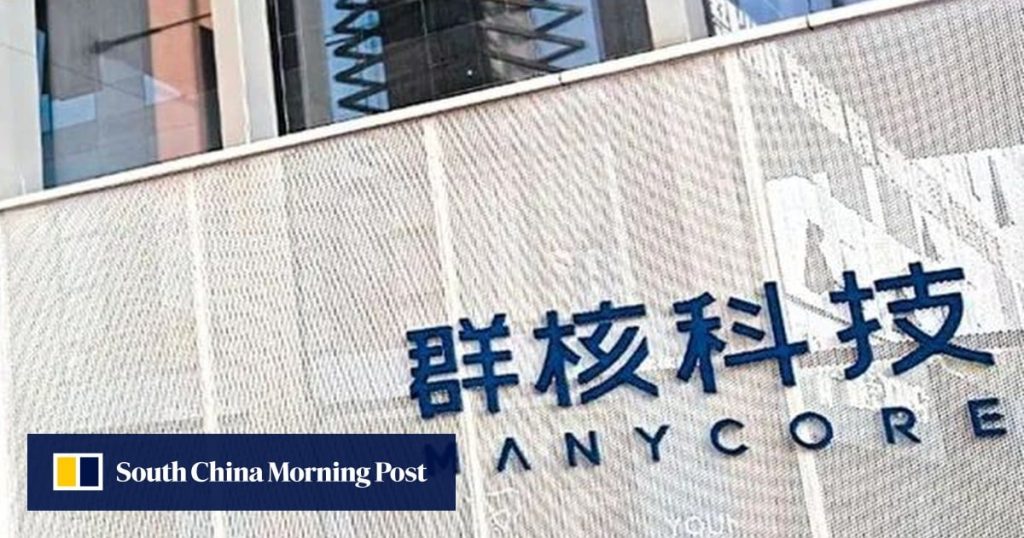“All users pursue beauty, so we’re here to offer a platform where their ideas can be realistically and accurately depicted digitally and eventually materialise in reality,” Zhu Hao, co-founder and chief technology officer at Manycore, said in a recent interview with the Post. “What you see is what you get.”
The company’s goal is to “realise imagination” through the help of automated systems, Manycore said in its March initial public offering (IPO) prospectus filed with the Hong Kong stock exchange.
As China’s answer to the US firm Autodesk, Manycore initially gained a foothold in the home design sector with its flagship products for designers: Kujiale, KuSpace, and an international version of Coohom. These tools enable designers to quickly create detailed interior layouts by dragging and dropping 3D elements to generate construction blueprints, lighting systems and electrical plans, which are rendered in real time by the company’s clusters of graphics processing units (GPUs).
The company touted itself as the “world’s largest spatial design platform by average monthly active users in 2023, and China’s largest software provider by revenue”, citing research by US consultancy Frost & Sullivan. Last year, it had 2.7 million monthly active users, serving customers in more than 200 markets globally, according to its filing.



